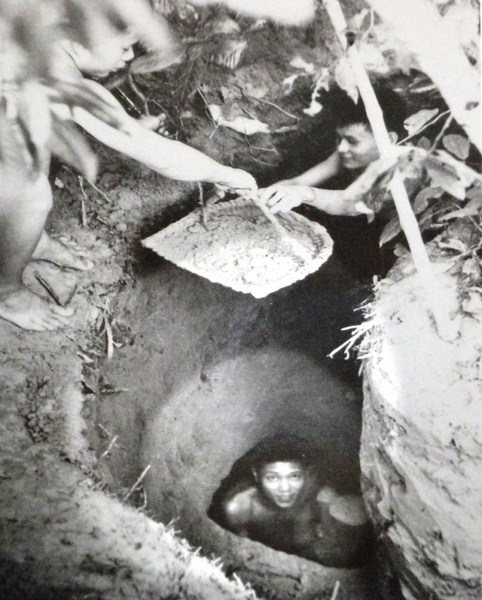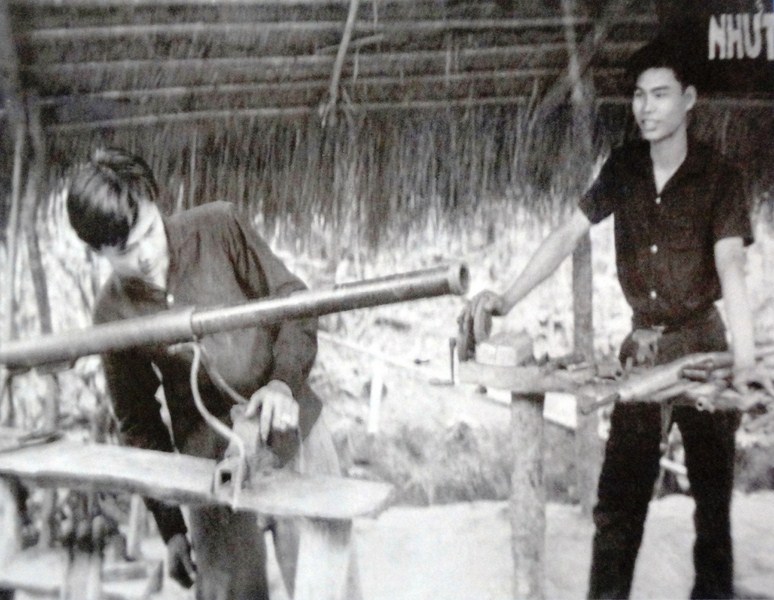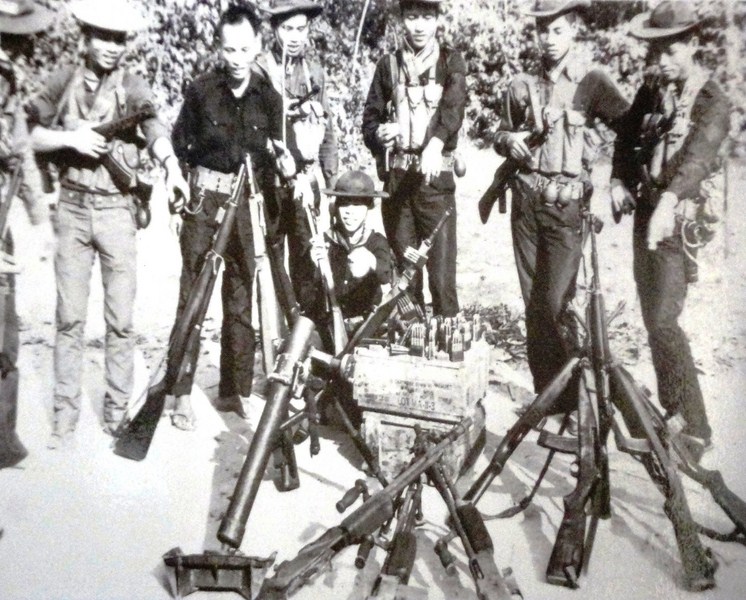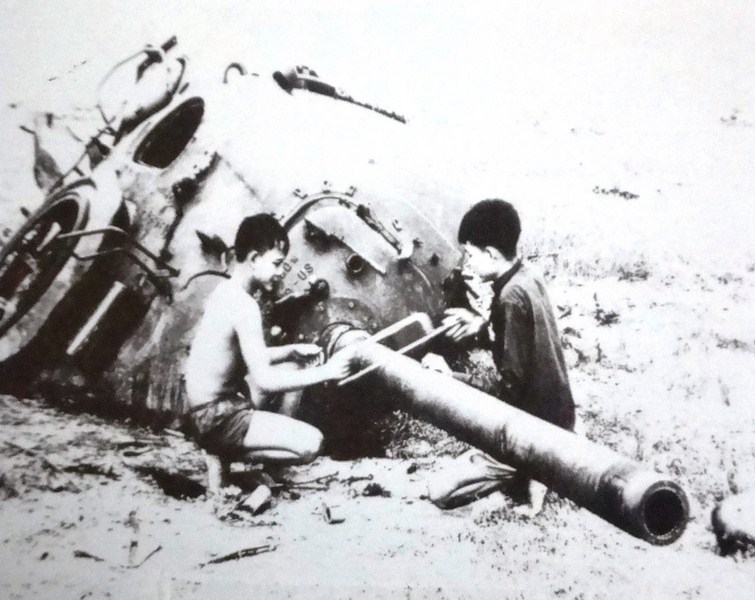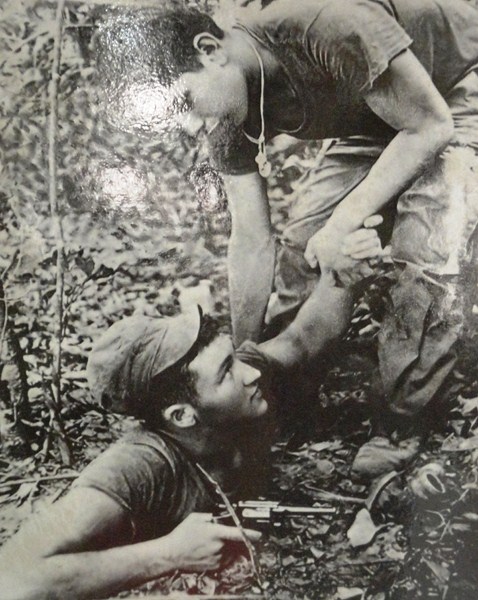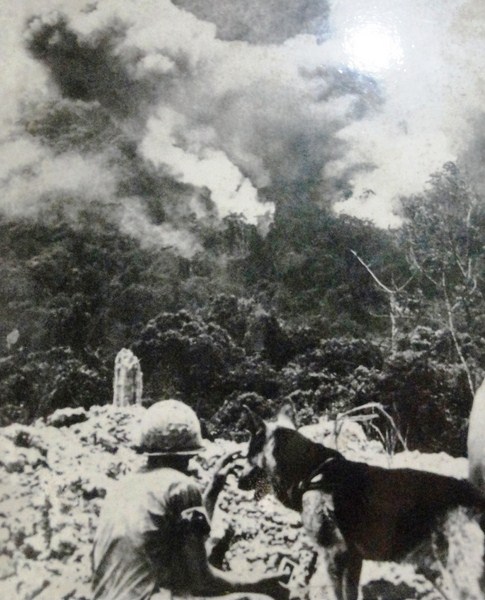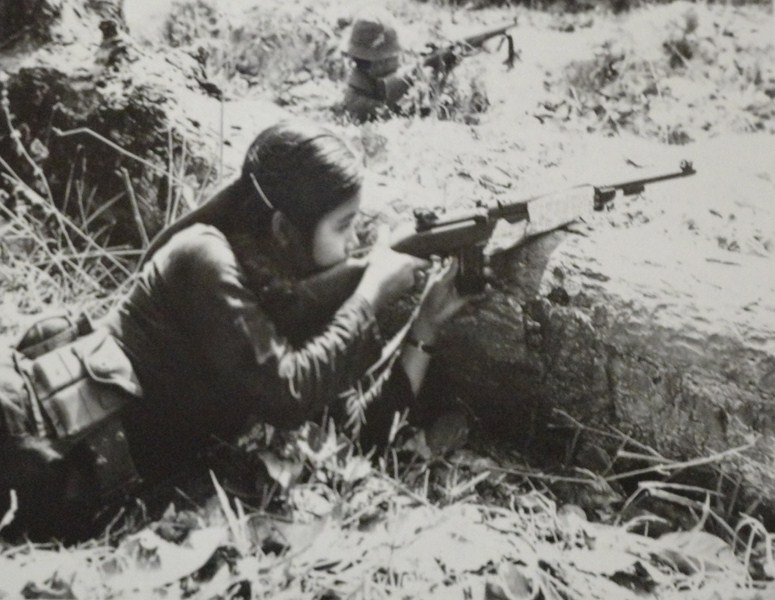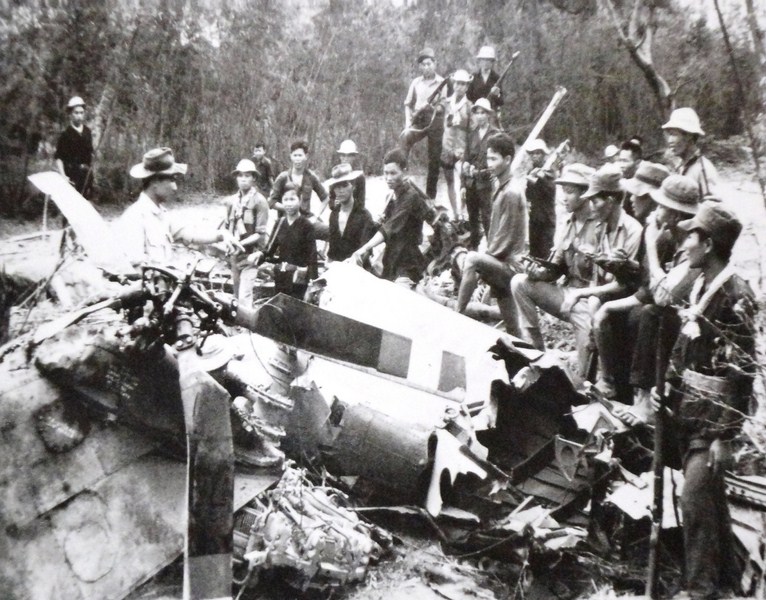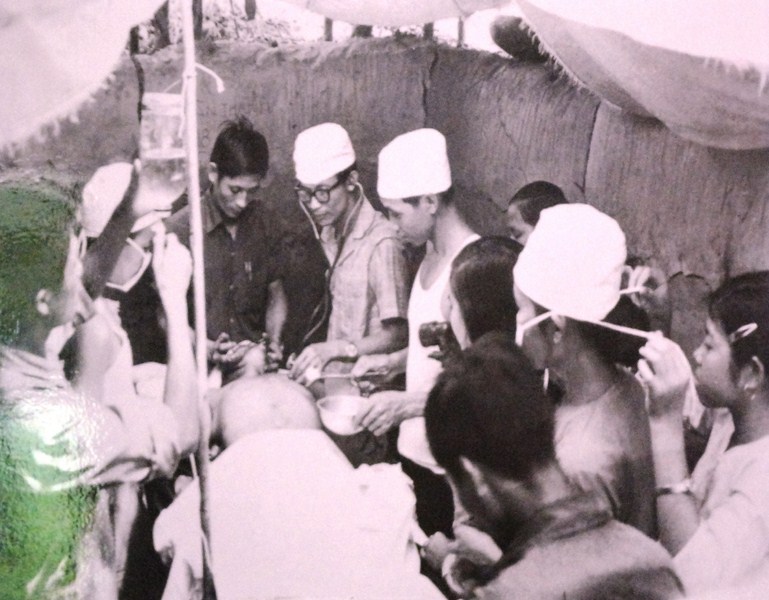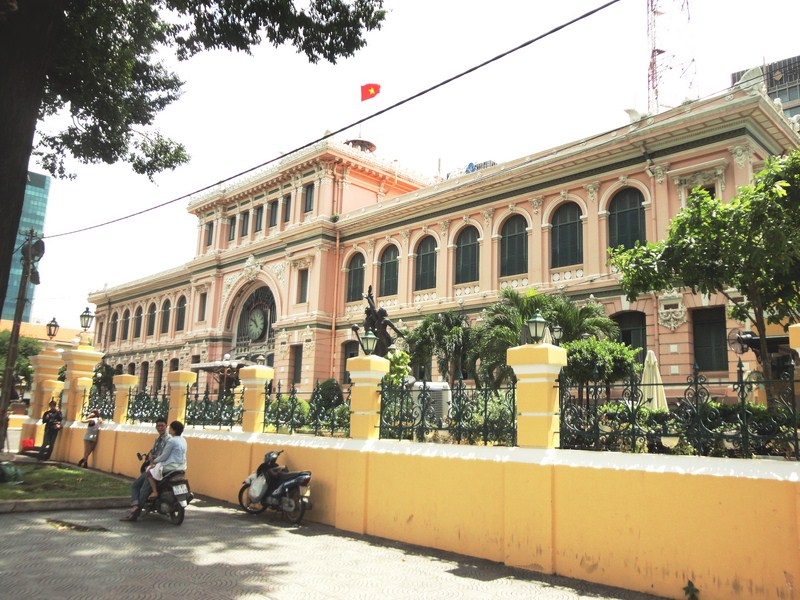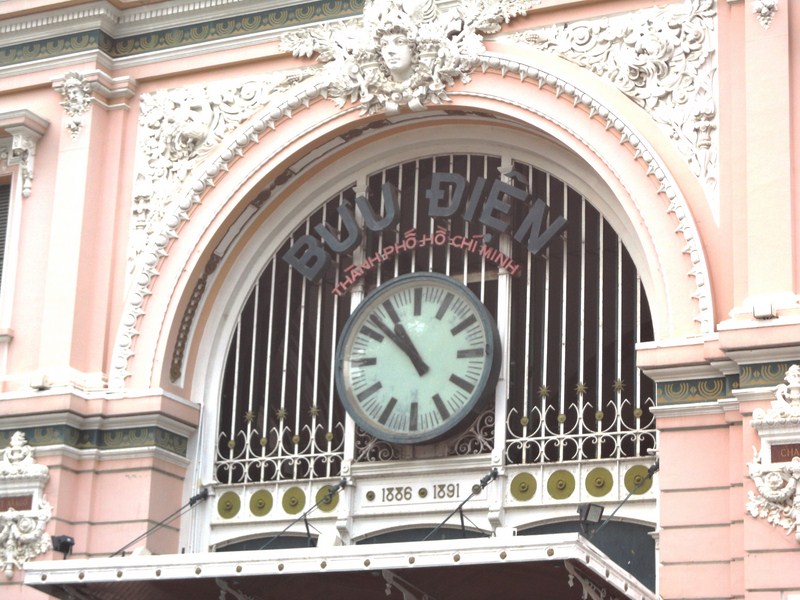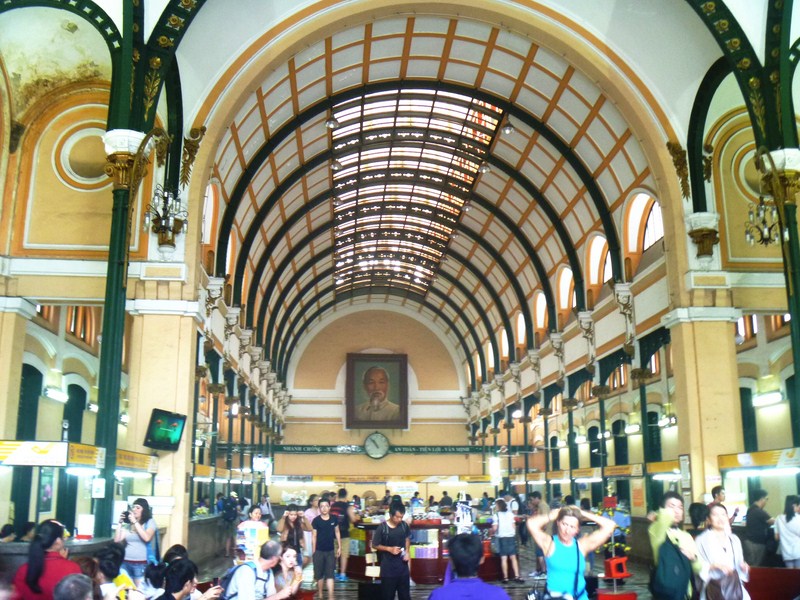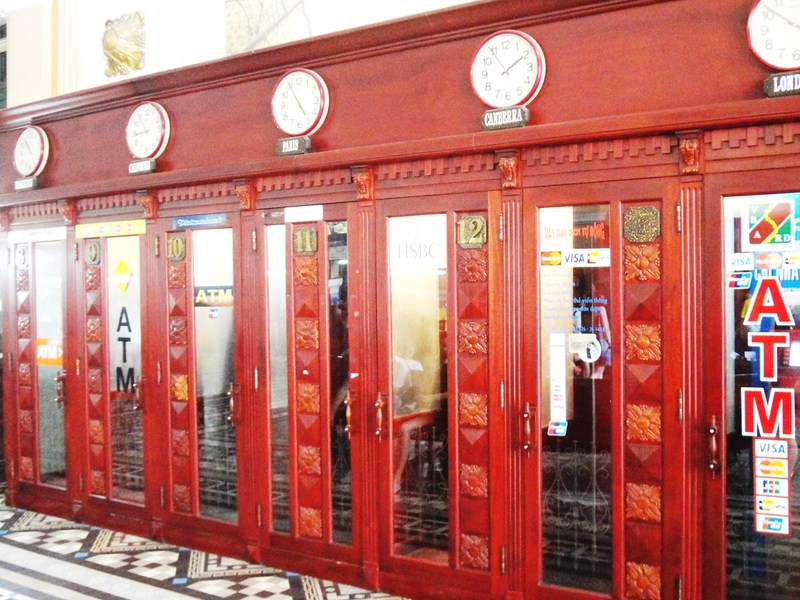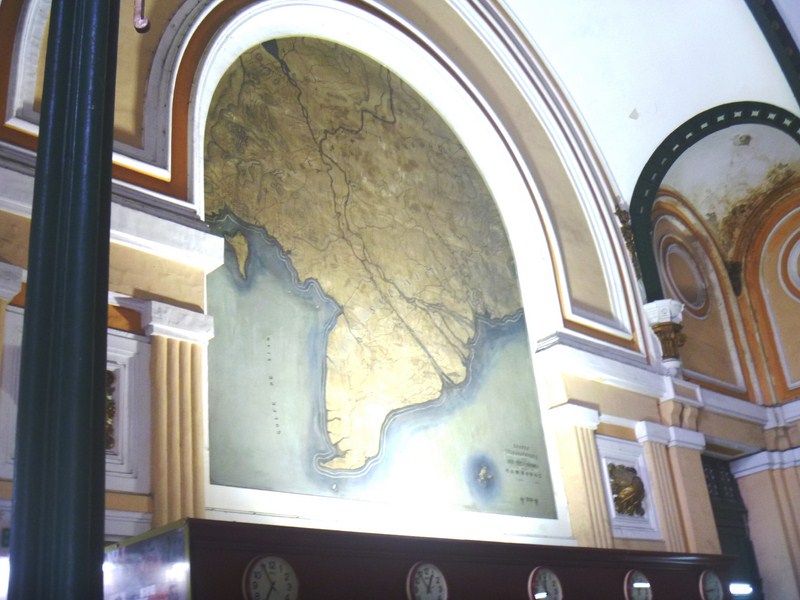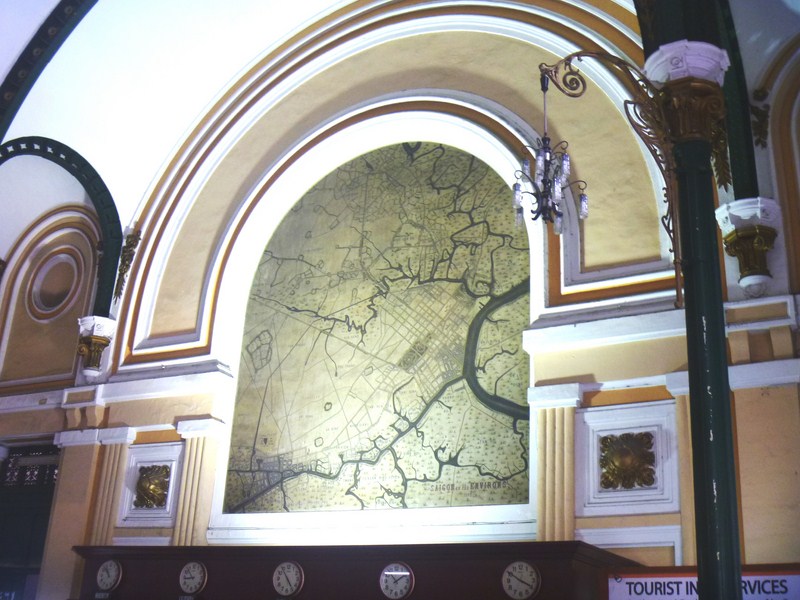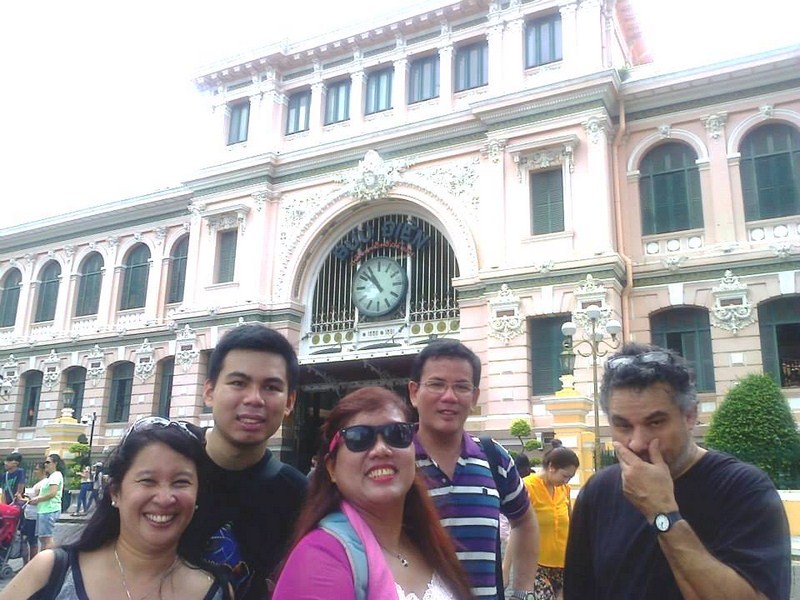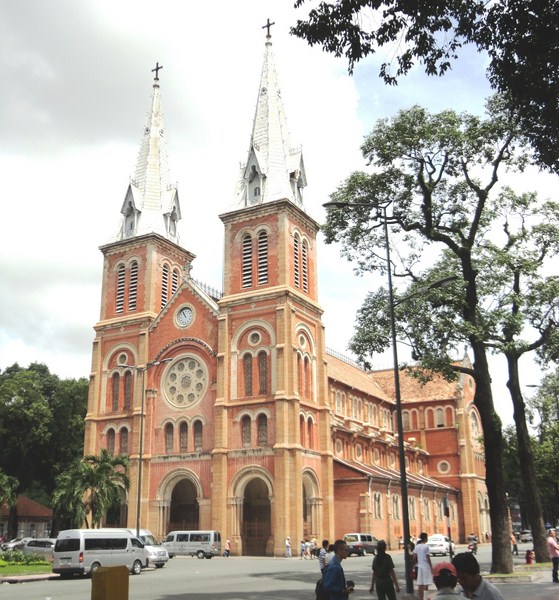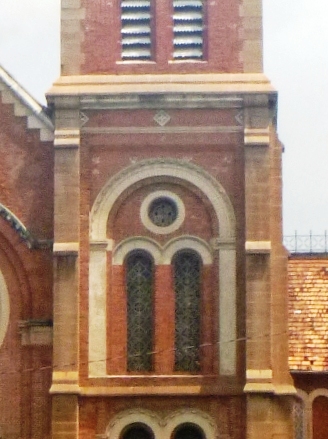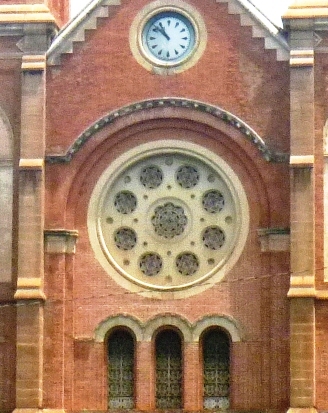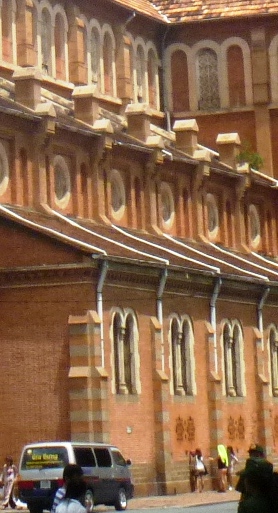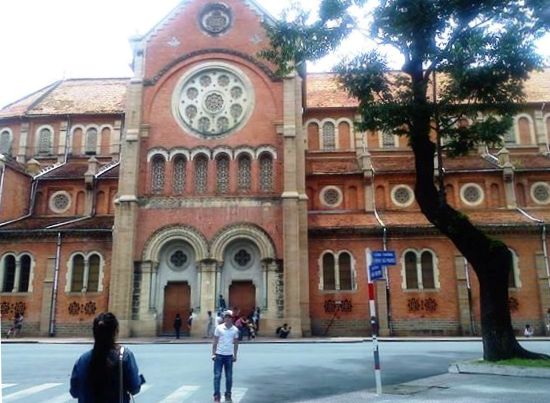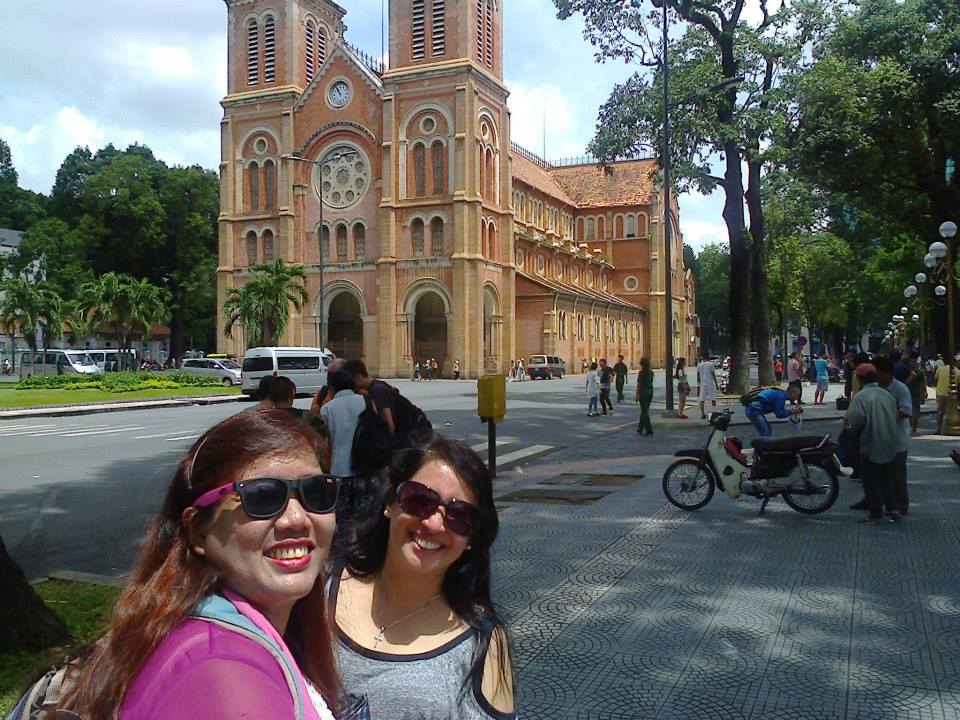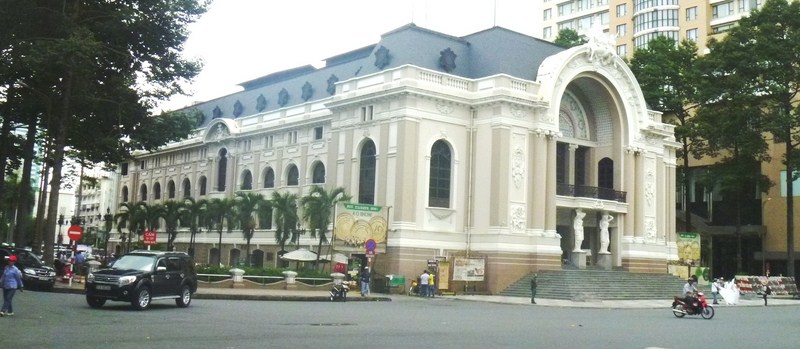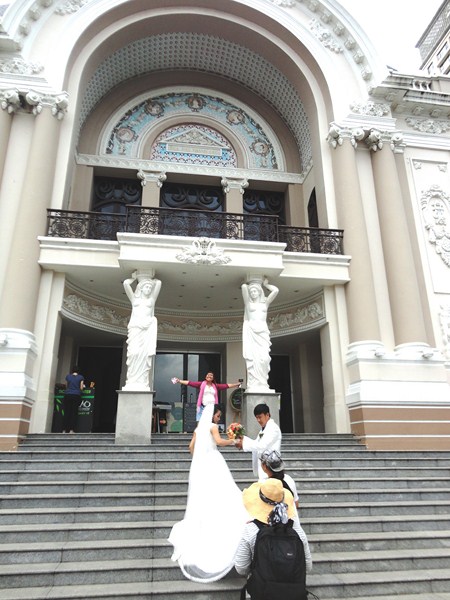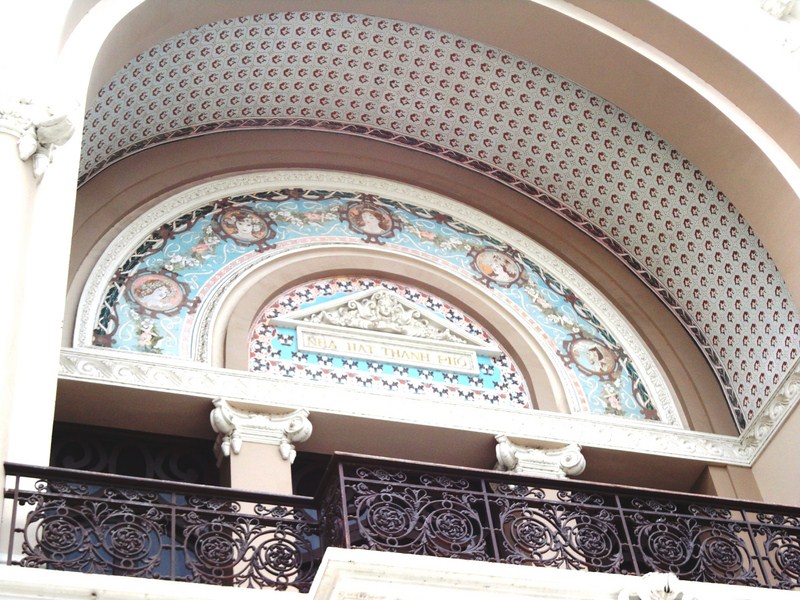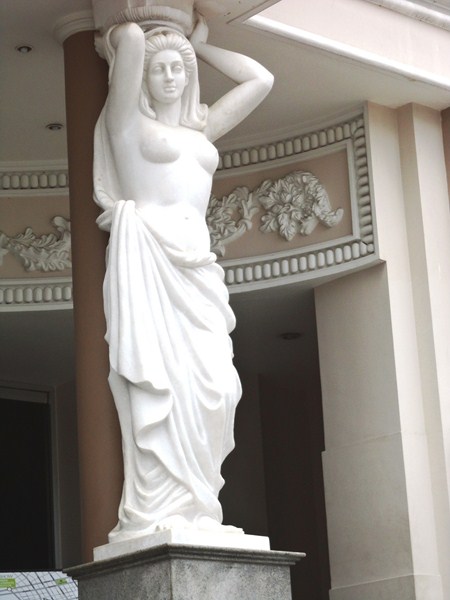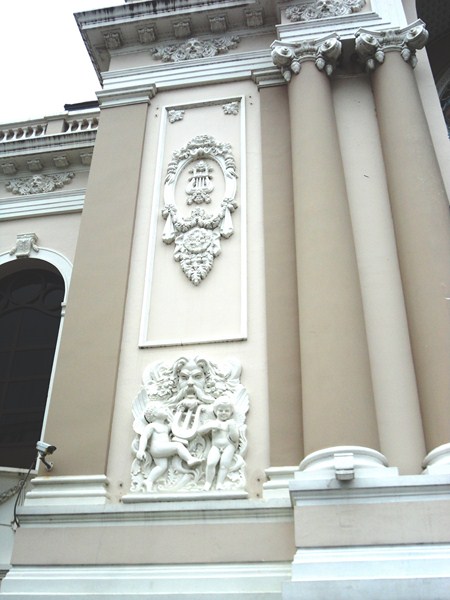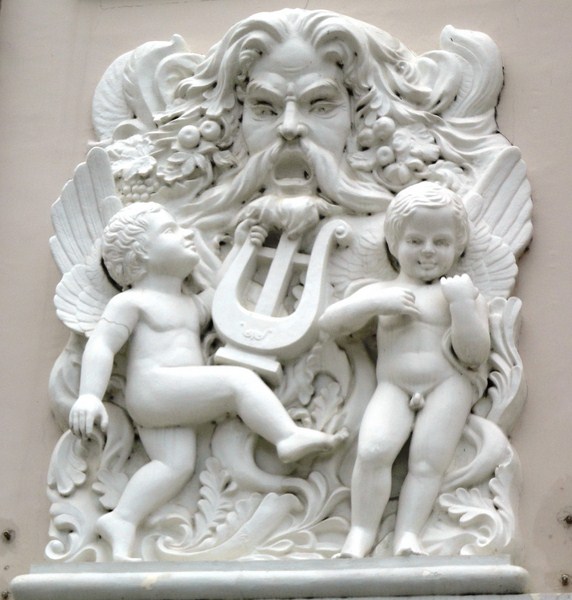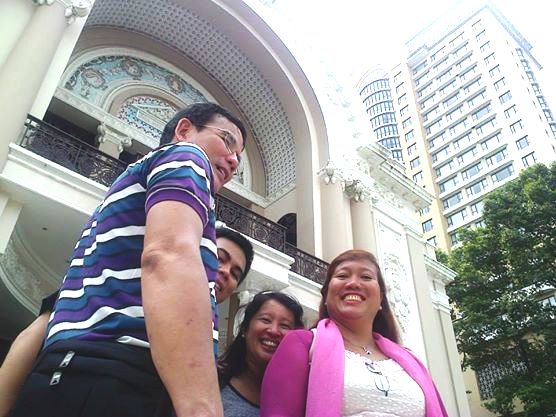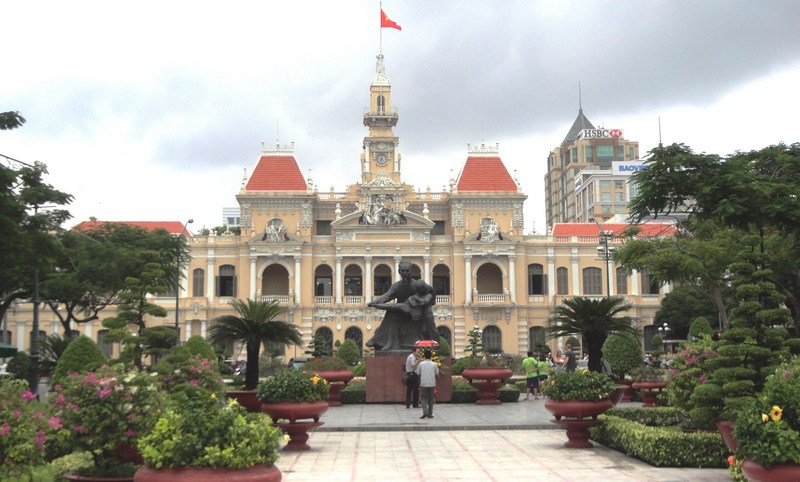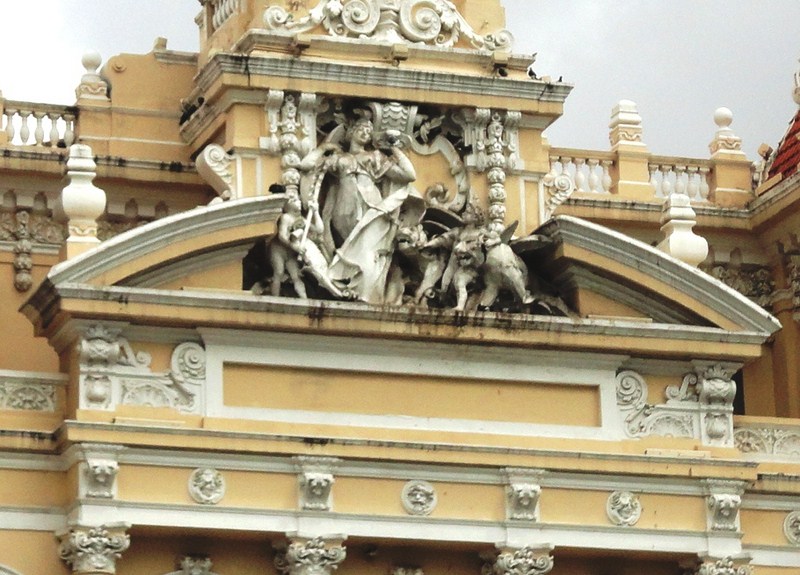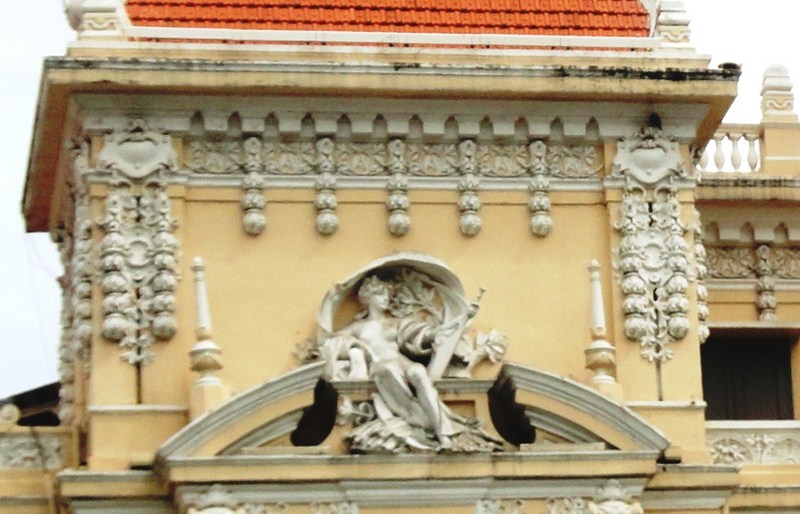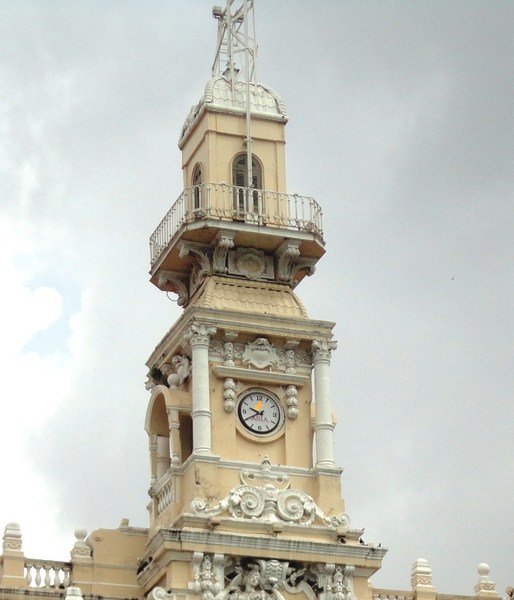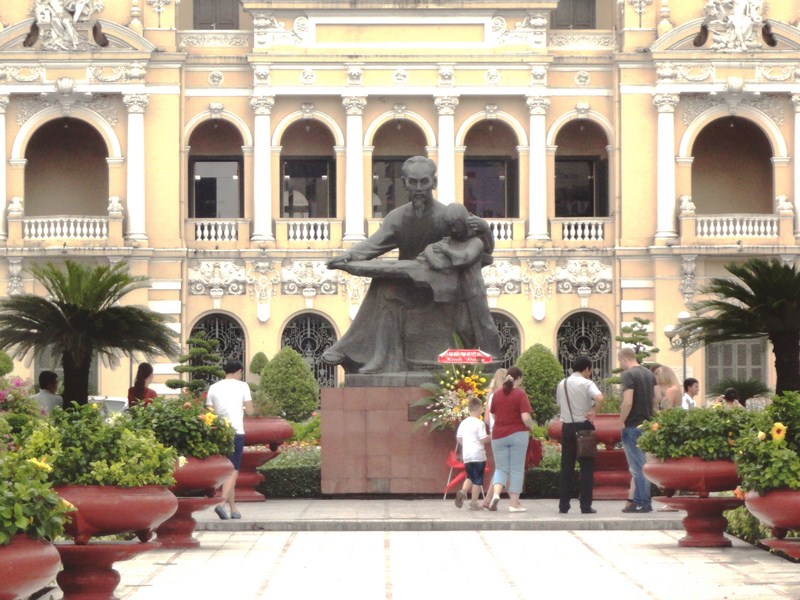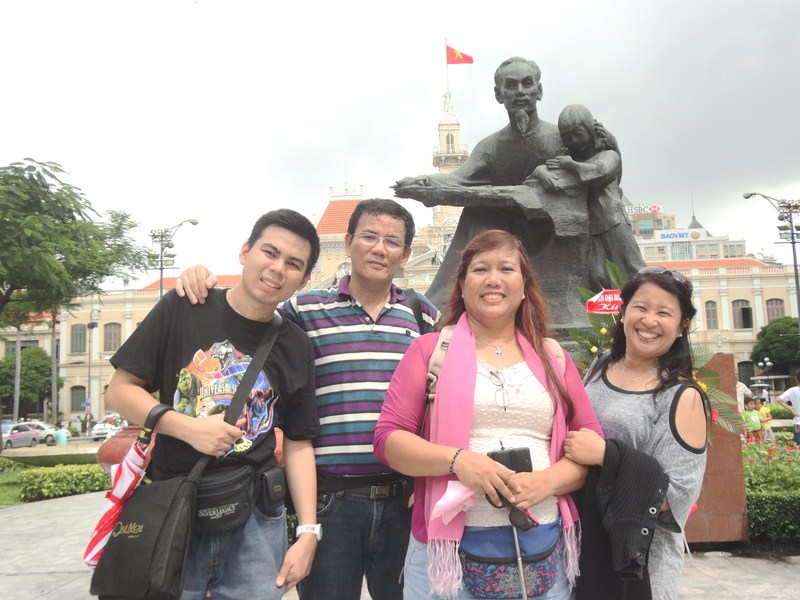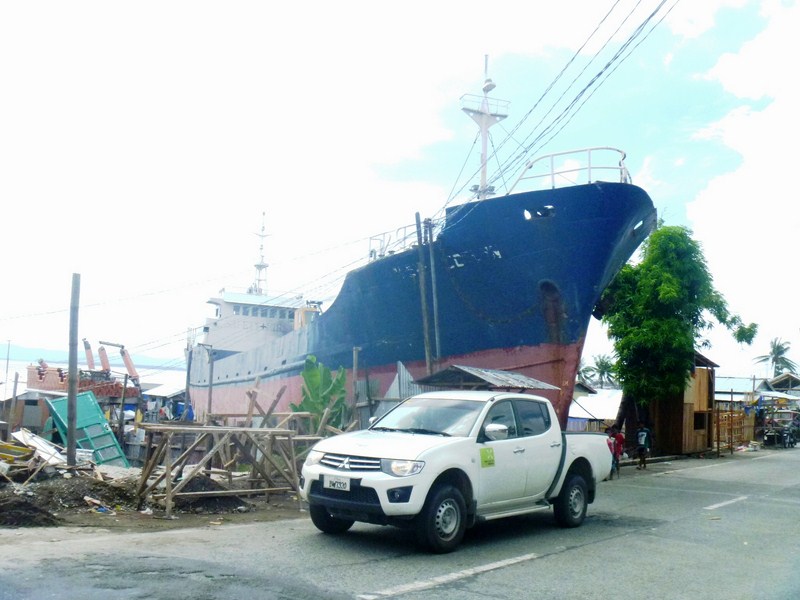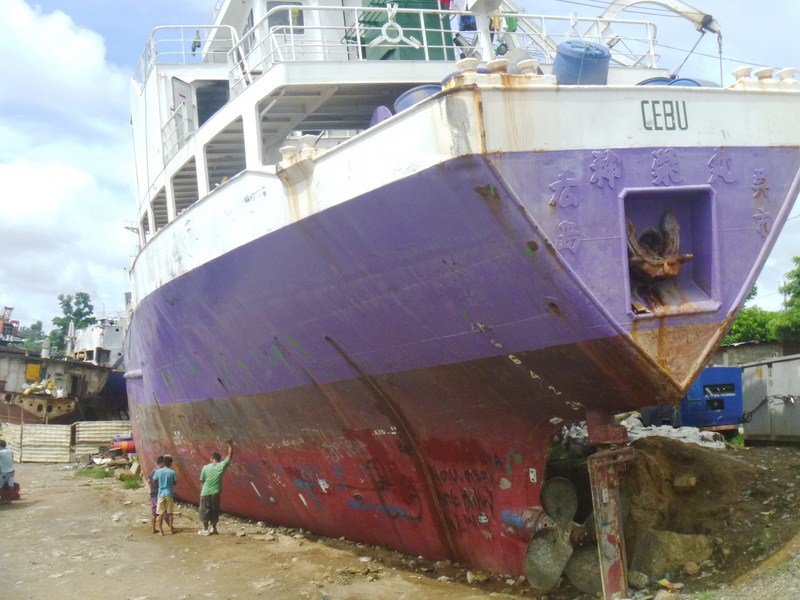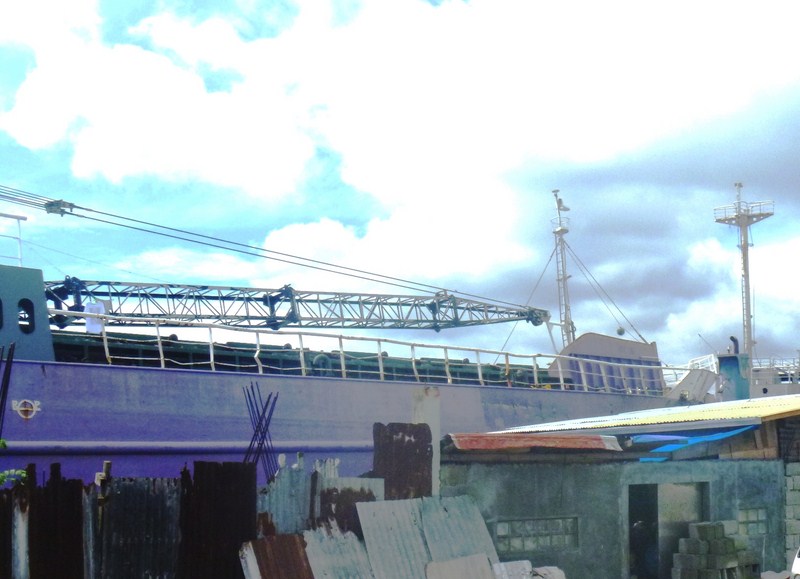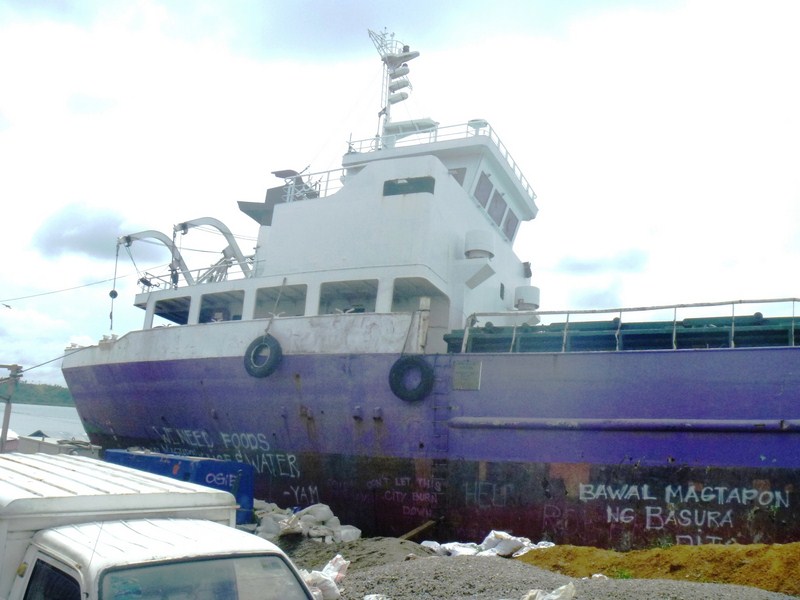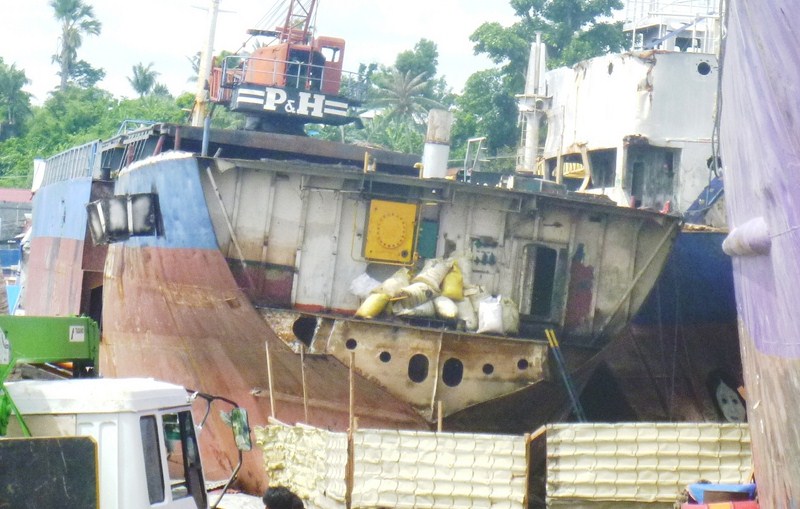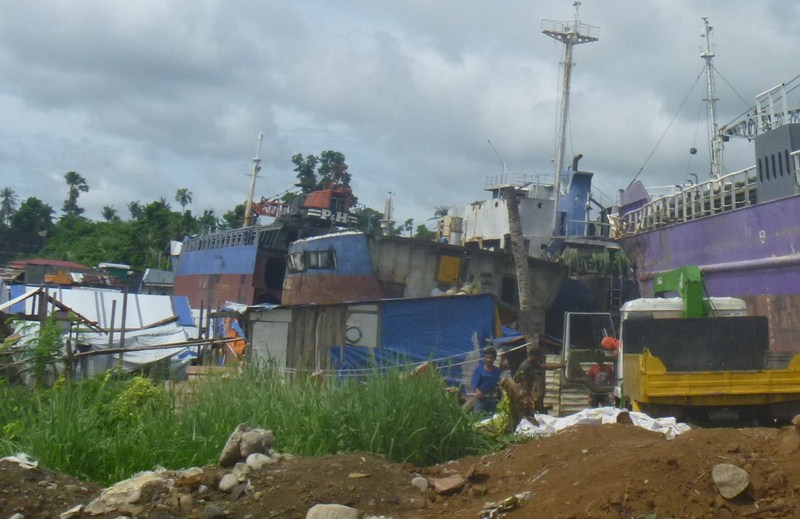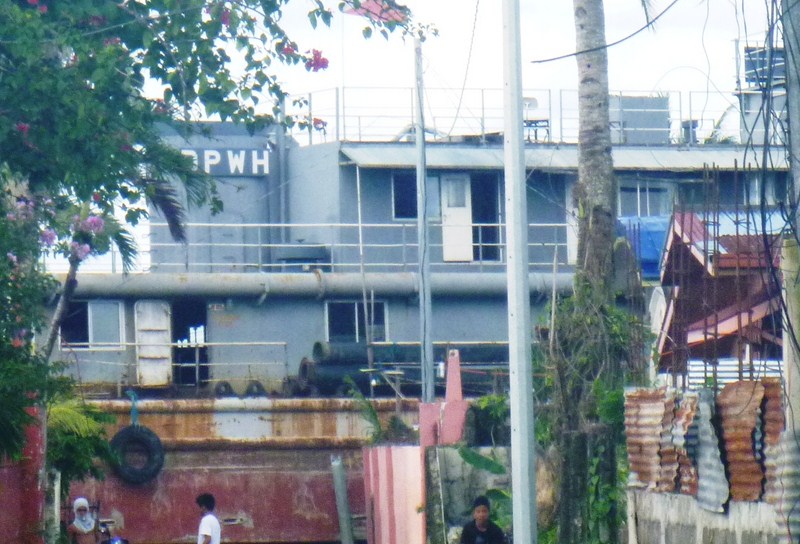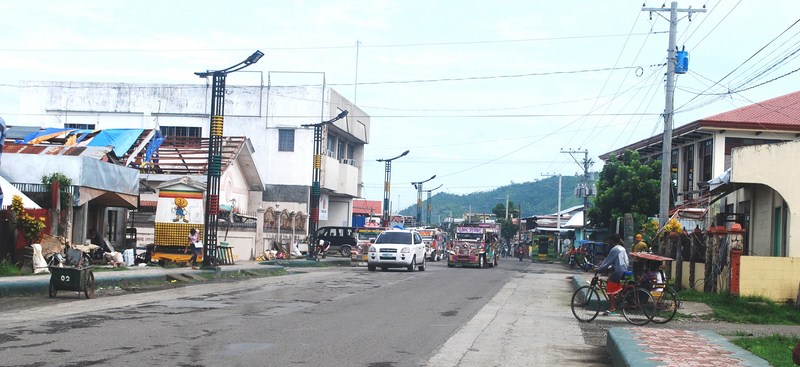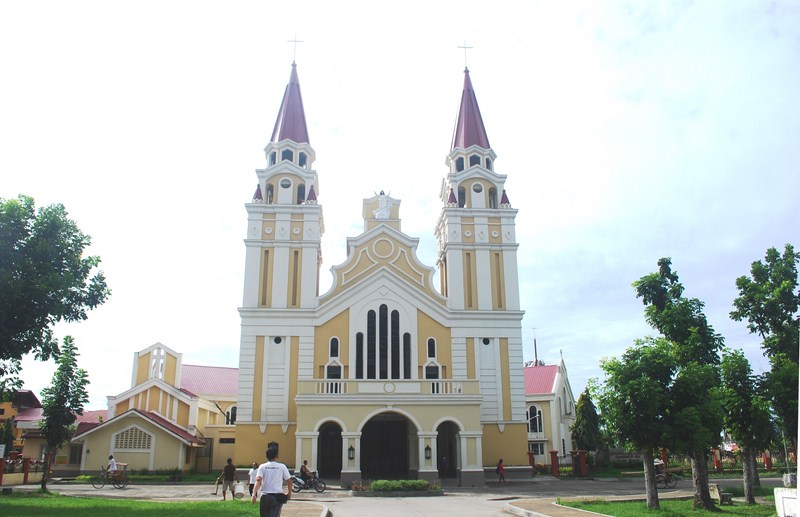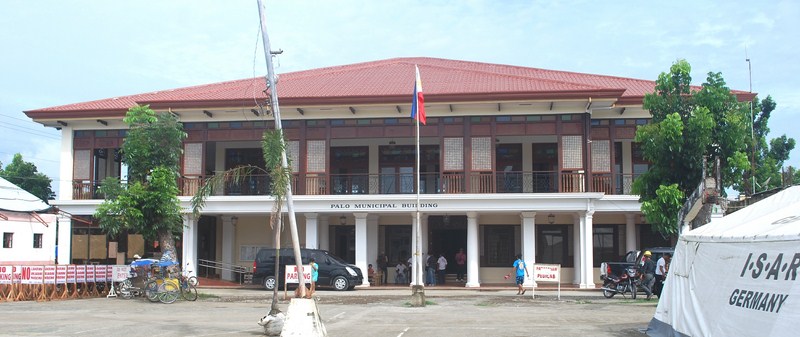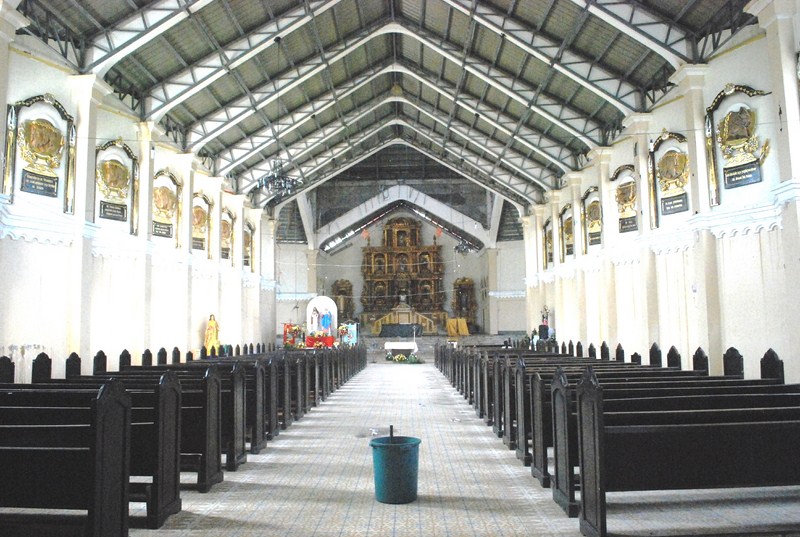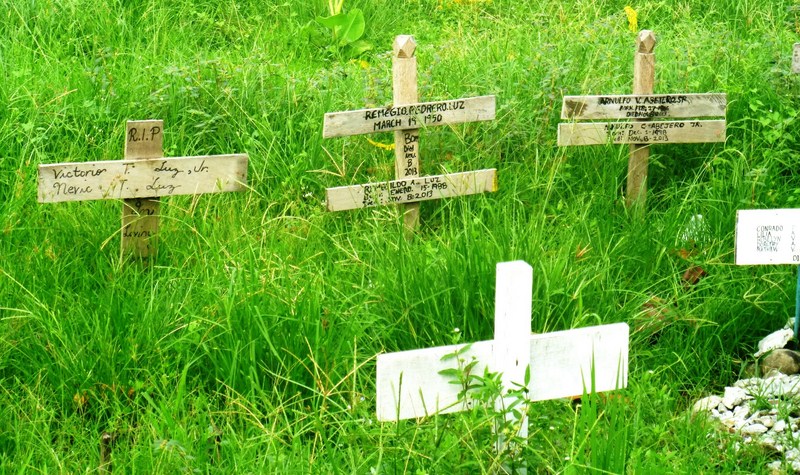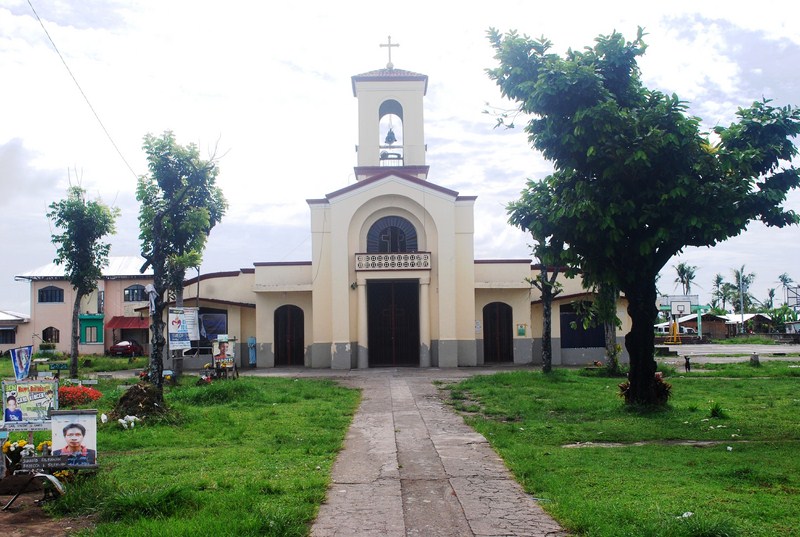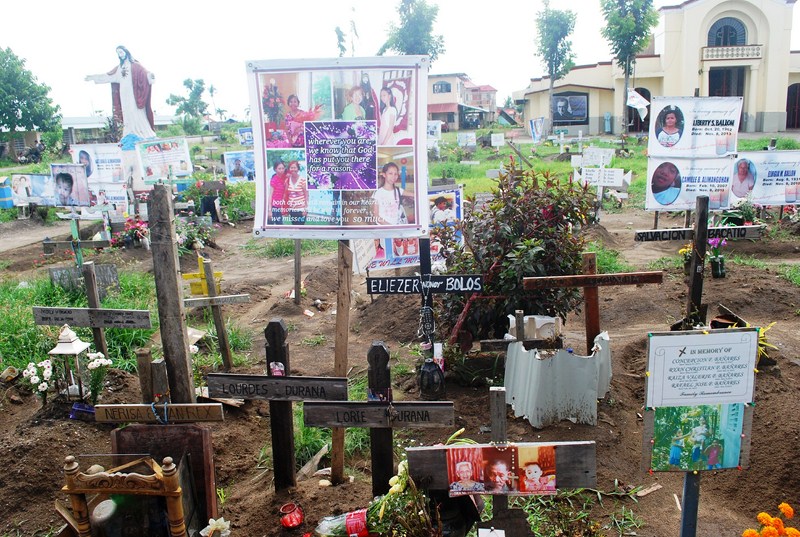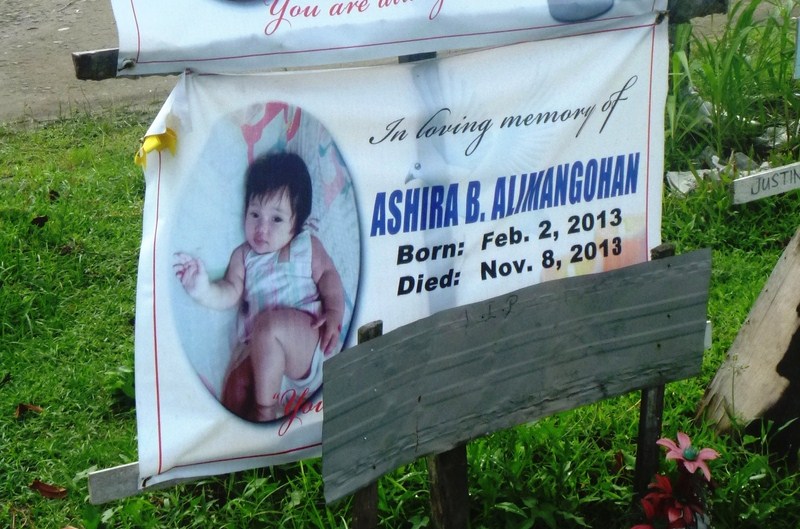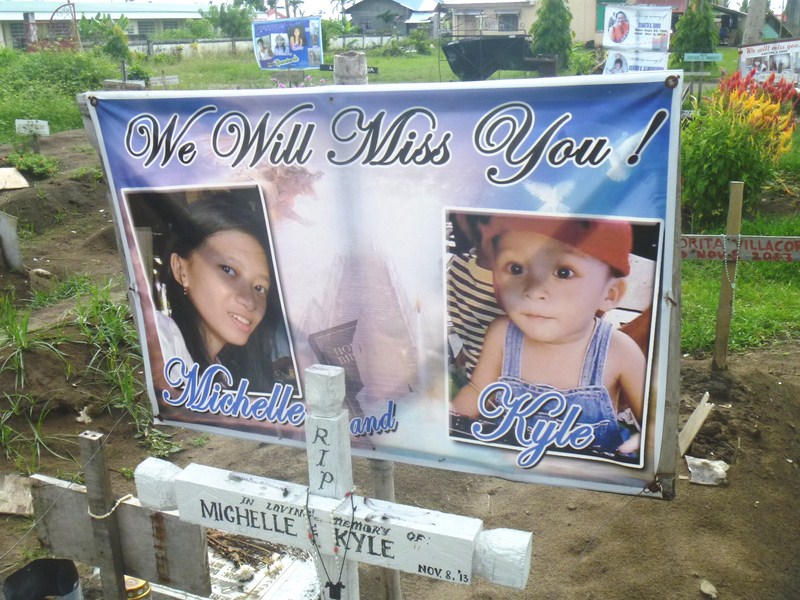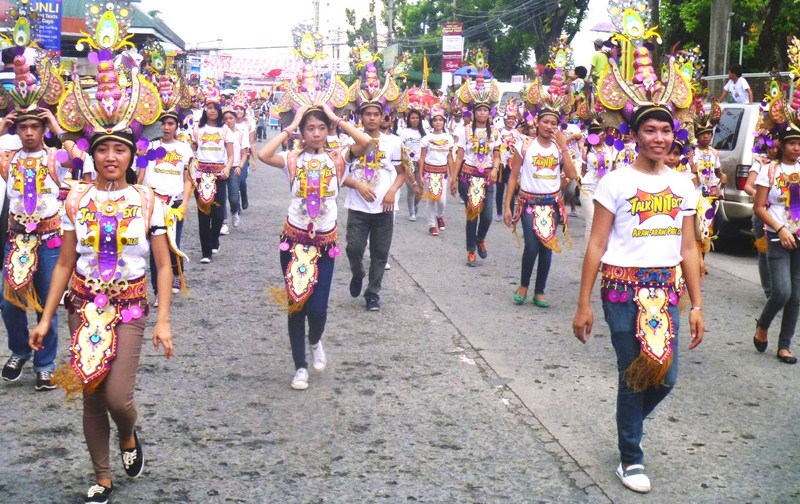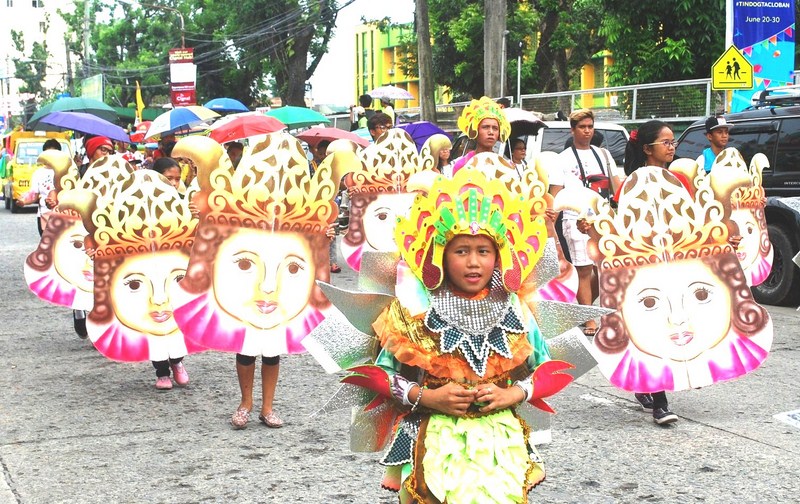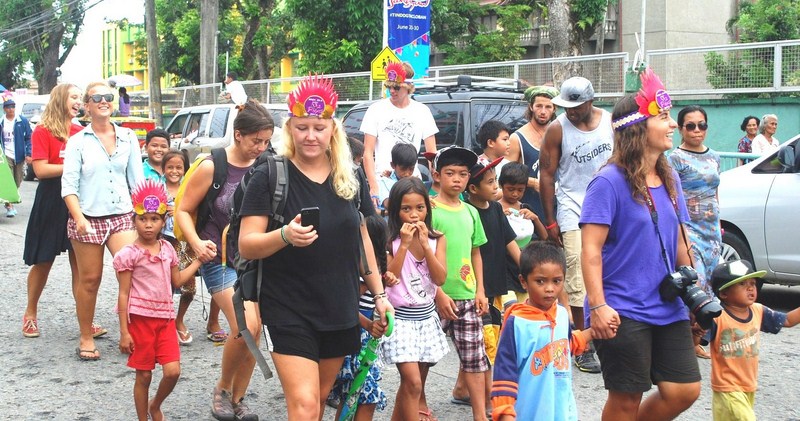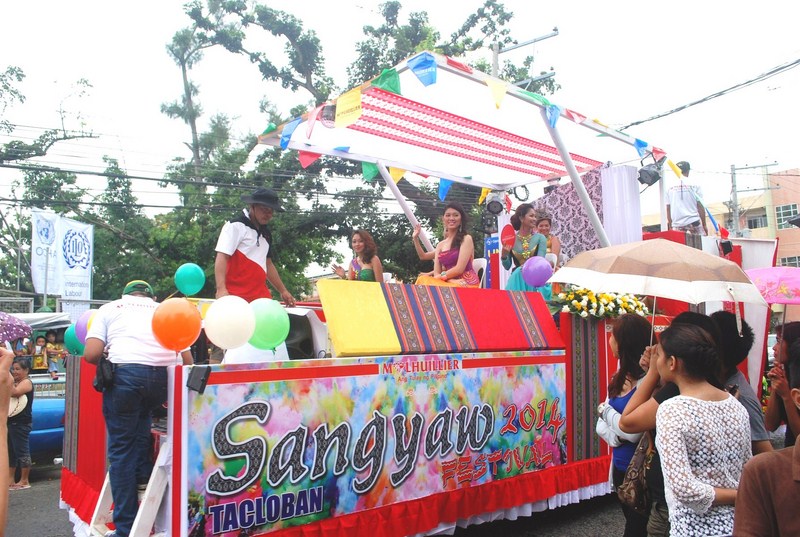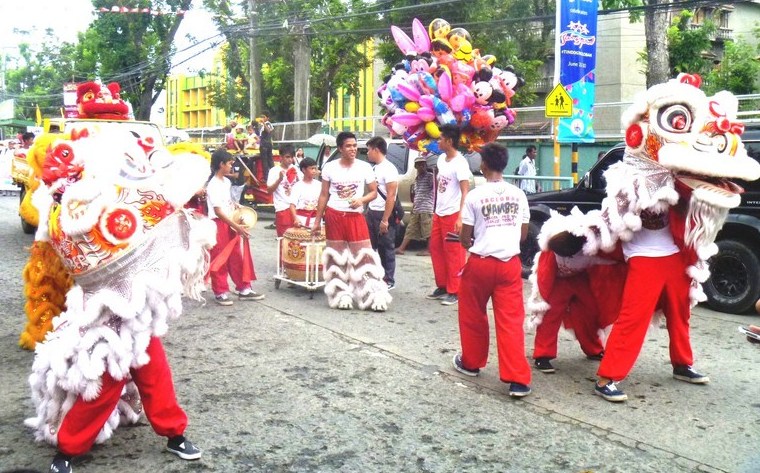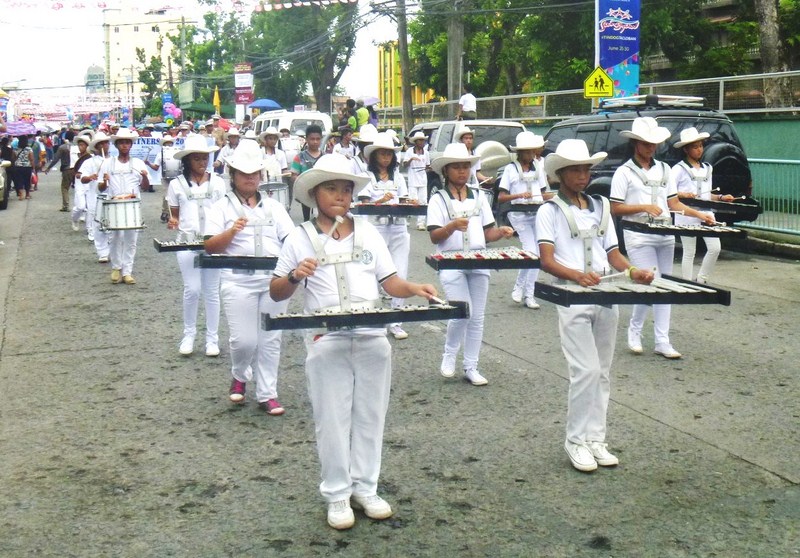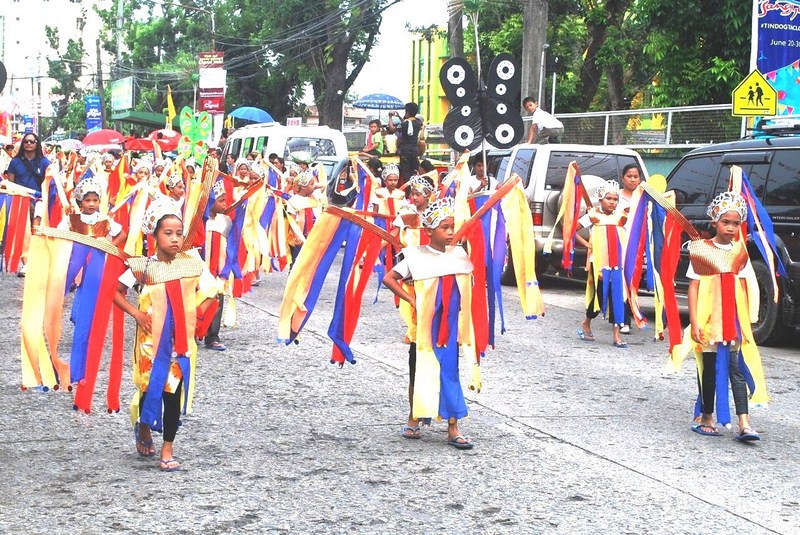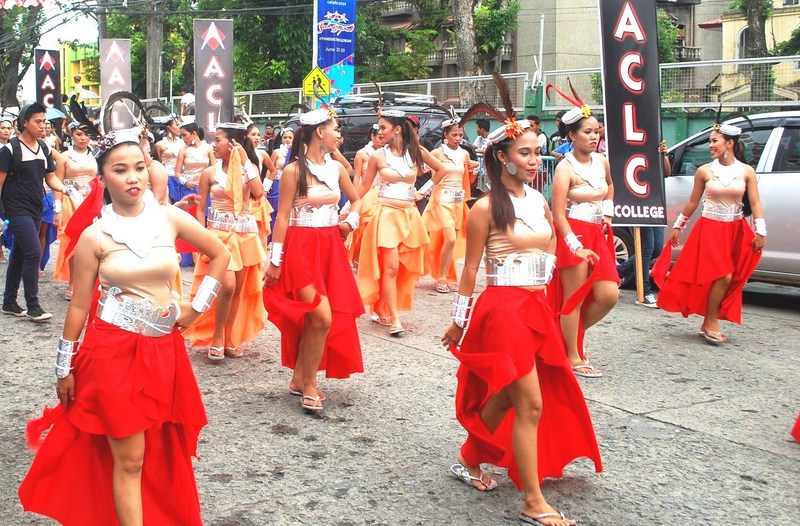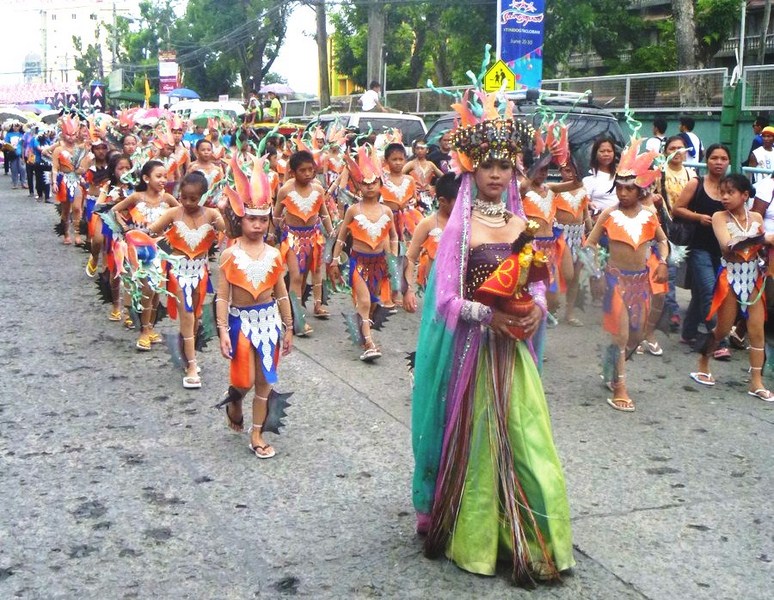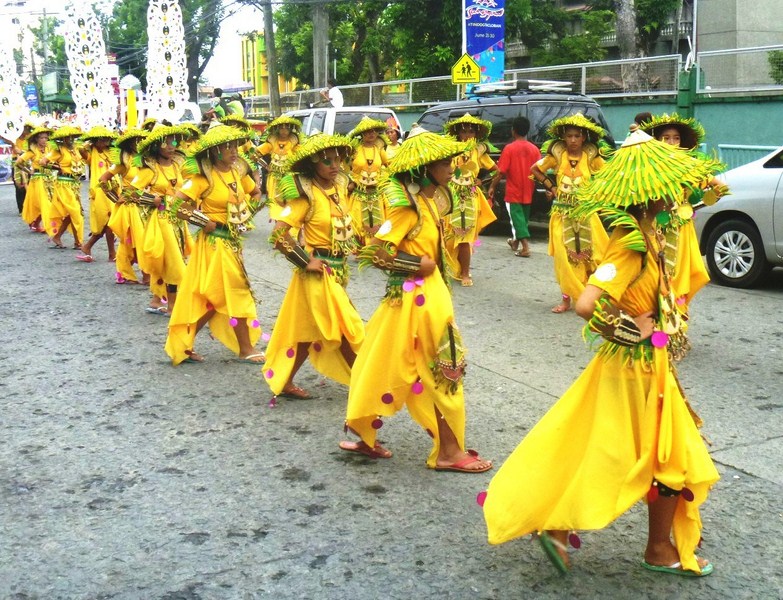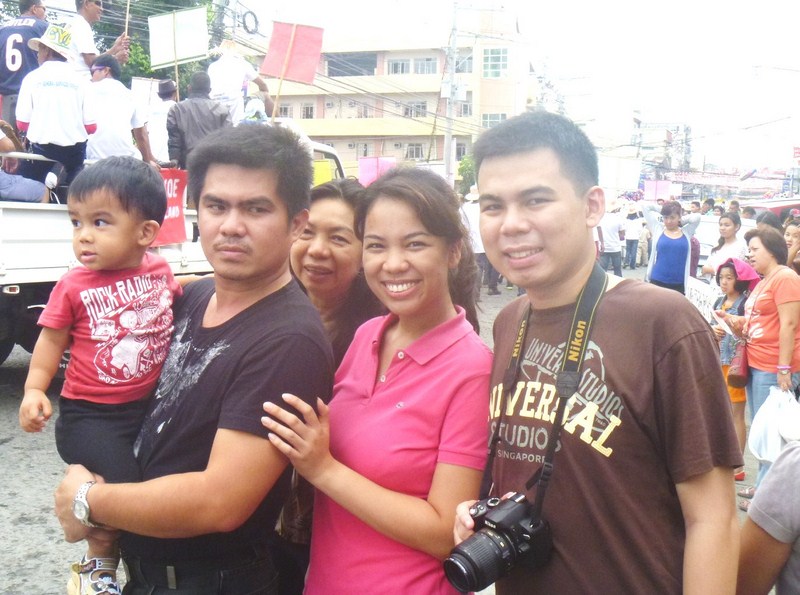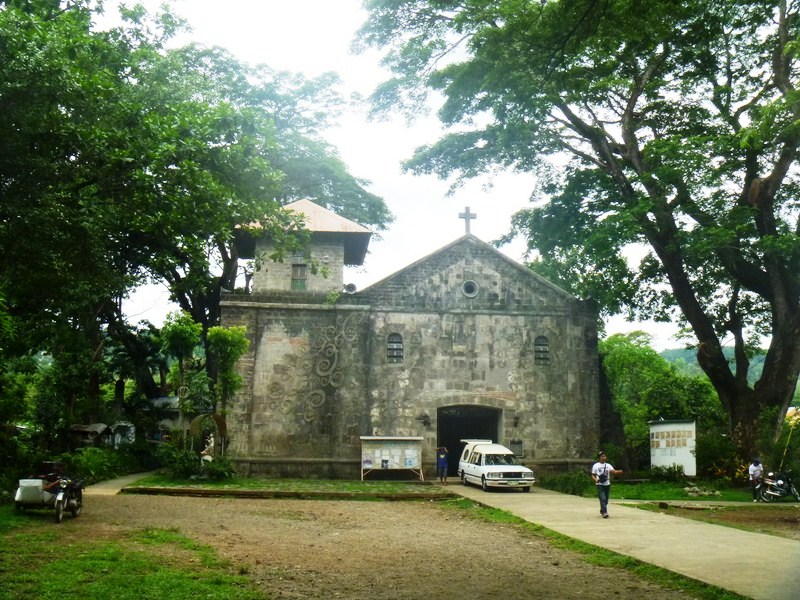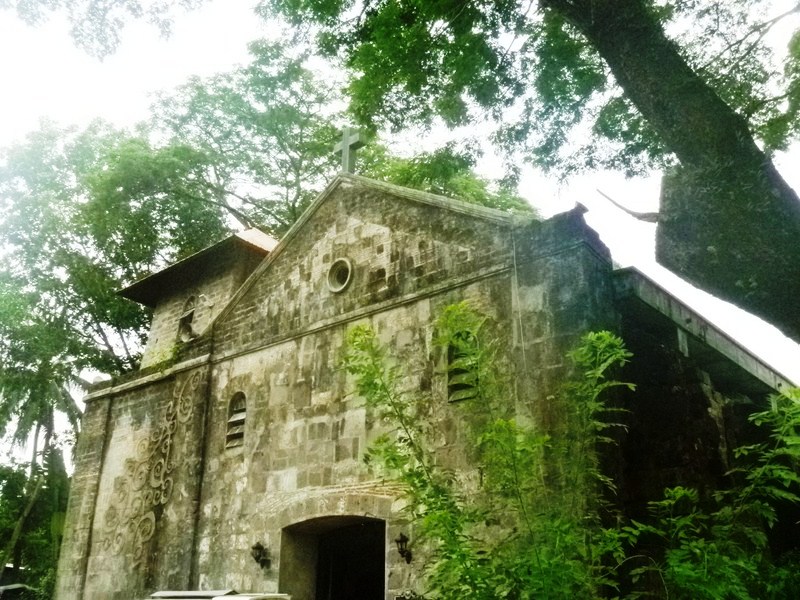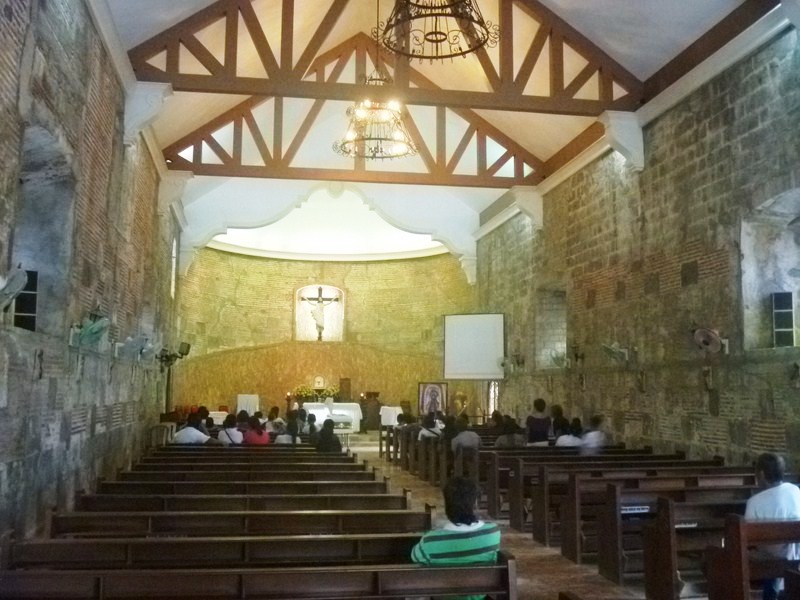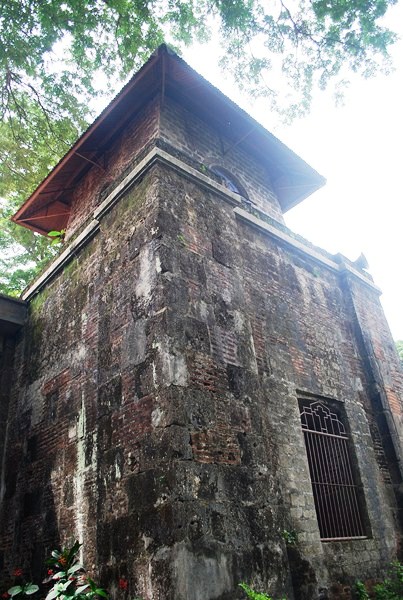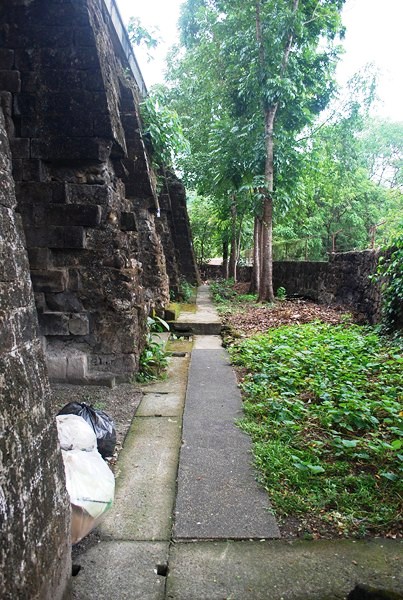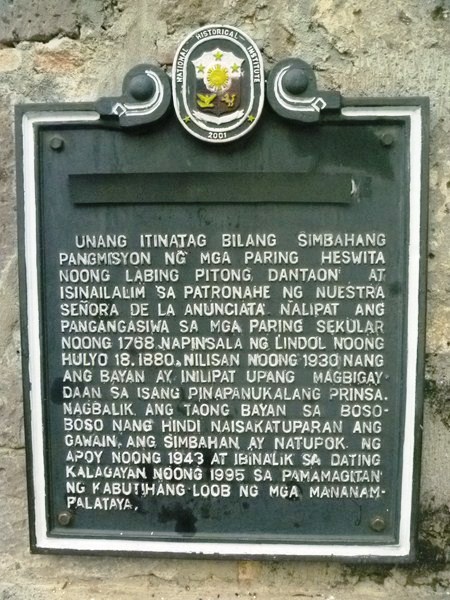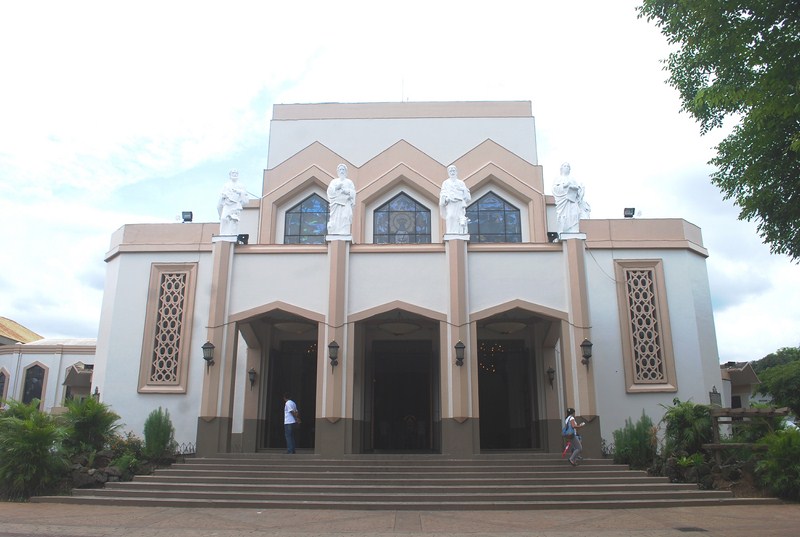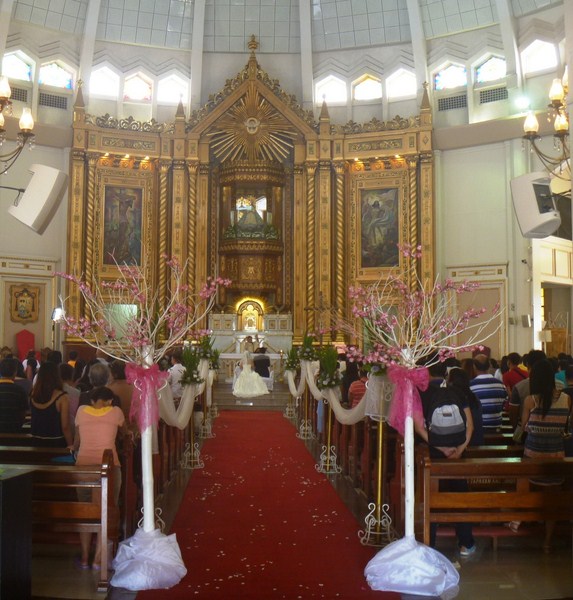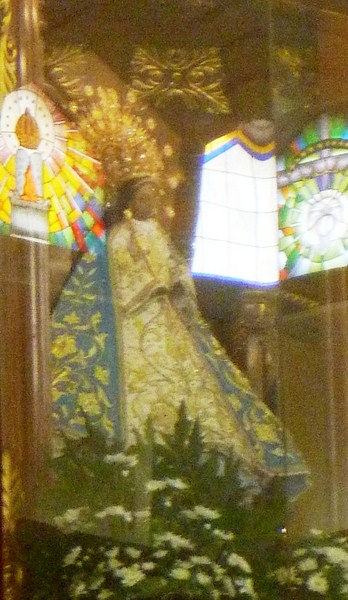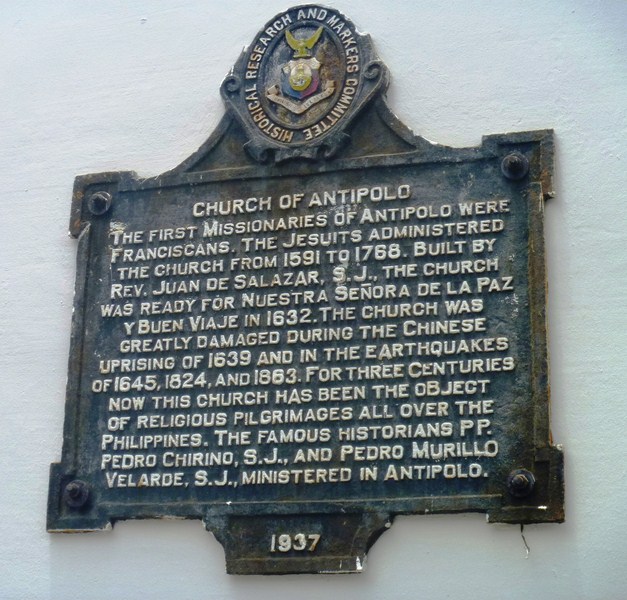The Cu Chi Tunnels, in the Cu Chi District, were the improvised response of the poorly-equipped Viet Minh peasant army to the American’s high-tech ordnance, helicopters, artillery, bombers and chemical weapons. Started sometime in the late 1940s during the war against the French (used mostly for communication between villages and to evade French army sweeps of the area), these dugouts and tunnels were built in the hard, red earth of Cu Chi (ideal for their construction) over a period of 25 years.
Around 1960, the Viet Cong’s National Liberation Front (NLF) insurgency began in earnest and the old Viet Minh tunnel system assumed enormous strategic importance. Most of Cu Chi district and the nearby area were brought under firm Viet Cong control and, within a few years, the tunnels were repaired and new extensions excavated. It was used as a base for infiltrating intelligence agents and sabotage teams into Saigon and, during the 1968 Tet Offensive, the stunning attacks in Saigon were planned and launched from Cu Chi.
In early 1963, the Ngo Dinh Diem government implemented the Strategic Hamlets Program. Fortified encampments, built to house people who had been ‘relocated’ from communist-controlled areas, were surrounded by many rows of sharp bamboo spikes. The program was carried out with incredible incompetence, alienating the peasantry. The Viet Cong also launched a major effort to defeat it, tunneling into the hamlets and controlling them from within and, by the end of the year, the first showpiece hamlet (in the Ben Cat district, next to Cu Chi) had been overrun.
By the end of 1965, a complete Viet Cong victory became a distinct possibility after the series of setbacks and defeats suffered by the South Vietnamese forces in the Cu Chi area. In the early months of that year, the guerrillas boldly held a victory parade in the middle of Cu Chi town and their strength in and around Cu Chi was one of the reasons the Lyndon B. Johnson administration decided to involve U.S. troops in the war.
To deal with the threat posed by VC control of an area so near the South Vietnamese capital, one of the U.S.A.’s first actions was to establish a large base camp in Cu Chi district. Unknowingly, they built it right on top of an existing tunnel network. It took months for the 25th Division to figure out why they kept getting shot at in their tents at night.
The US and Australian troops tried a variety of methods to ‘pacify’ the area around Cu Chi, which came to be known as the Iron Triangle. They launched large-scale ground operations involving tens of thousands of troops but failed to locate the tunnels. To deny the VC cover and supplies, rice paddies were defoliated, huge swathes of jungle bulldozed, and villages evacuated and razed. The Americans also sprayed chemical defoliants on the area aerially and a few months later ignited the tinder-dry vegetation with gasoline and napalm. But the intense heat interacted with the wet tropical air in such a way as to create cloudbursts that extinguished the fires. The VC remained safe and sound in their tunnels. Unable to win this battle with chemicals, the US army began sending men down into the tunnels. These ‘tunnel rats’, who were often involved in underground fire fights, sustained appallingly high casualty rates.
When the Americans began using German shepherd dogs, trained to use their keen sense of smell to locate trapdoors and guerrillas, the VC began washing with American soap, which gave off a scent the canines identified as friendly. Captured US uniforms were put out to confuse the dogs further. Most importantly, the dogs were not able to spot booby traps. So many dogs were killed or maimed that their horrified handlers then refused to send them into the tunnels.
The U.S.A. declared Cu Chi a free-strike zone: little authorization was needed to shoot at anything in the area, random artillery was fired into the area at night, and pilots were told to drop unused bombs and napalm there before returning to base. But the VC stayed put. Finally, in the late 1960s, American B-52s carpet-bombed the whole area, destroying most of the tunnels along with everything else around. The gesture was militarily useless by then because the U.S.A. was already on its way out of the war. The tunnels had served their purpose.
The VC guerrillas serving in the tunnels lived in extremely difficult conditions and suffered horrific casualties. Only about 6,000 of the 16, 000 cadres who fought in the tunnels survived the war. Thousands of civilians in the area were killed. Their tenacity was extraordinary considering the bombings, the pressures of living underground for weeks or months at a time and the deaths of countless friends and comrades.
The villages of Cu Chi have since been presented with numerous honorific awards, decorations and citations by the government, and many have been declared ‘heroic villages’. Since 1975 new hamlets have been established and the population of the area has more than doubled; however, chemical defoliants remain in the soil and water, and crop yields are still poor.

